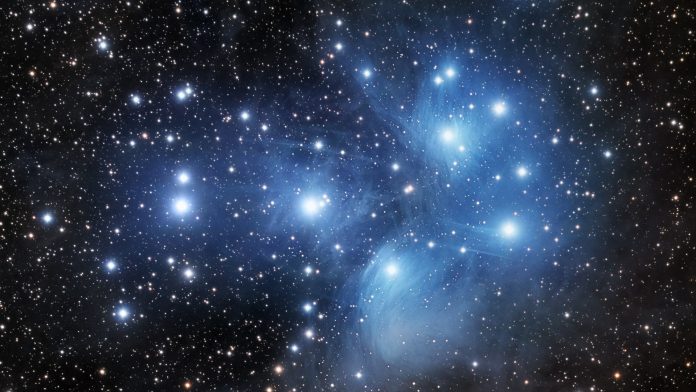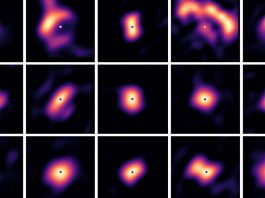In a groundbreaking discovery that challenges current notions of how galaxies grow, 36 dwarf galaxies light-years apart have had a simultaneous ‘baby boom’ of new stars.
Dwarf galaxies more than 1 million light-years apart should lead completely independent lives in terms of the formation of new stars. However, researchers have found that galaxies located by up to 13 million light-years apart slowed down and then instantaneously accelerated their birth rate of stars.
This Rutgers University-led study, published in the Astrophysical Journal, could lead to greater comprehension of the Universe.
“It appears that these galaxies are responding to a large-scale change in their environment in the same way a good economy can spur a baby boom,” explained Charlotte Olsen, a doctoral student from the Department of Physics and Astronomy in the School of Arts and Sciences at Rutgers University-New Brunswick, who led the research.
“We found that regardless of whether these galaxies were next-door neighbours or not, they stopped and then started forming new stars at the same time as if they’d all influenced each other through some extra-galactic social network,” added Eric Gawiser, a professor in the Department of Physics and Astronomy and co-author of the study.
The simultaneous reduction in the stellar birth rate in the dwarf galaxies began 6 billion years ago, and the surge in birth rate started 3 billion years ago.
Understanding how galaxies develop entails unravelling the numerous processes that impact them over their lifetimes that span billions of years. Star formation is one of the most fundamental processes. The stellar birth rate can grow when galaxies collide or interact, and galaxies can stop forming new stars if the gas – primarily hydrogen – that makes the stars is lost.
Star formation histories portray a detailed record of environmental conditions as a galaxy “grew up.” Dwarf galaxies are the most frequent but smallest type of galaxies in the Universe, and they are particularly susceptible to the influences of their surrounding environment.
The 36 dwarf galaxies included a diverse array of environments at expanses as far as 13 million light-years from the Milky Way. The environmental change the galaxies responded to must be something that distributes fuel for galaxies very far apart. This may mean encountering a huge cloud of gas or a phenomenon in the Universe we do not yet understand, according to Olsen.
The researchers employed two techniques to evaluate star formation histories. One uses light from individual stars within galaxies, while the other uses the light of a whole galaxy, including a broad range of colours.
“The full impact of the discovery is not yet known as it remains to be seen how much our current models of galaxy growth need to be modified to understand this surprise,” commented Gawiser. “If the result cannot be explained within our current understanding of cosmology, that would be a huge implication, but we have to give the theorists a chance to read our paper and respond with their own research advances.”
“The James Webb Space Telescope, scheduled to be launched by NASA this October, will be the ideal way to add that new data to find out just how far outwards from the Milky Way this ‘baby boom’ extended,” concluded Olsen.









